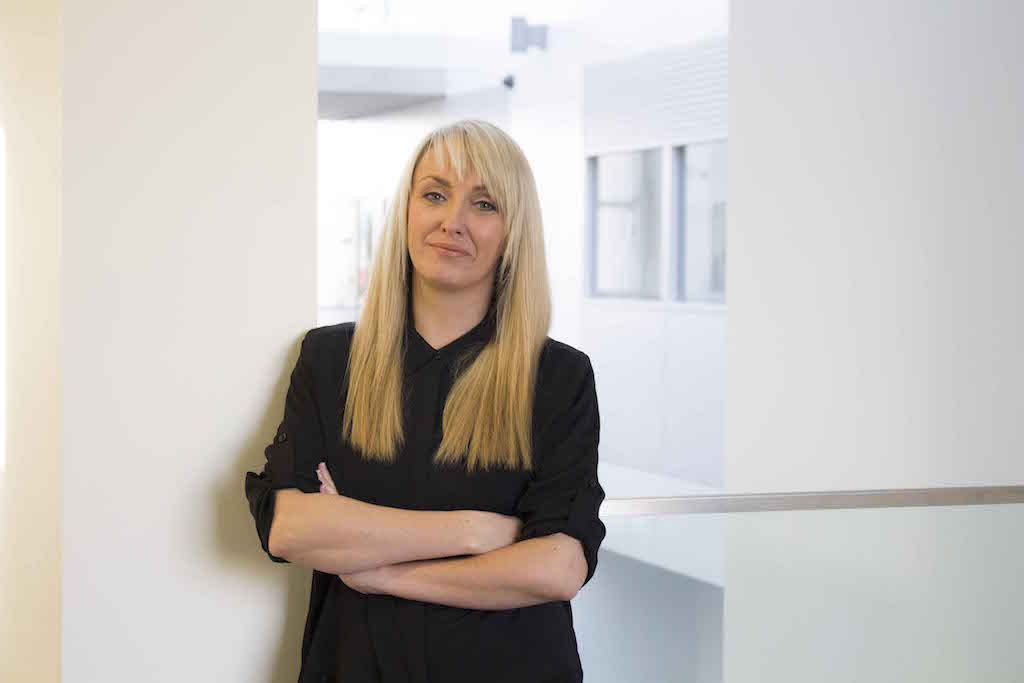Dangerous search and rescue missions can be made safer by using drones. This Irish startup is leading the charge.
Who is in your team?
There are four of us on theDroneSAR team: myself (Oisin McGrath), Matthew Kelly, Leo Murray and Gearoid O’Briain. I am a military helicopter instructor, unmanned aircraft examiner and hold a degree in aeronautical engineering. Leo is deputy team leader in Donegal Mountain Rescue and has a background in product research and design. Matthew is an award-winning app developer and mountain rescue volunteer. He also has degrees in electronics and satellite communications and lastly, Gearoid is currently on a scholarship in Smurfit Business School completing his MBA. He is also a military manned and unmanned aircraft instructor.
What’s your business idea?
The DroneSAR product is the first worldwide to include rescue specific functions including live drone tracker and live first-person view (FPV) video streaming made viewable from any location via the DroneSAR web-browser interface. Drone advancements in recent years have witnessed an increased capacity to take on a range of dangerous tasks in emergency response which are traditionally performed by humans. Return on investment to the emergency response and SAR industry is reflected in potential savings made possible resulting from a lesser dependency on conventional solutions, involving manned aerial assets such as helicopters and fixed wing aircraft, where hourly rental rates of up to €3,000 per hour exist. This allows rescue agencies to conduct the most effective early stage aerial search so that lives can be saved.
As emergency response agencies see the huge value in these machines, DroneSAR will soon become the go-to application of choice for rescue agencies across the world. This service can be extended into humanitarian, disaster management, security, pollution control and much more.
“Drone advancements in recent years have witnessed an increased capacity to take on a range of dangerous tasks in emergency response.”
What’s your USP?
DroneSAR is a UAV search and rescue platform designed to rapidly execute autonomous aerial search patterns, capture and relay live drone video and offer a first-person view solution for incident command when coordinating an emergency first response. DroneSAR enables the commercially available ‘off the shelf drones’ (affordable drones) with a range of rescue specific functions.
“This allows rescue agencies to conduct the most effective early stage aerial search so that lives can be saved.”
At the next level, DroneSAR allows command and control to view live drone position and live video from any internet browser. The live stream function allows incident control and search management to remotely track the drone, and obtain an ‘in the moment’ first-person view of its search patterns and capture high definition footage fed through to connected devices (smartphones, laptops or monitoring screens) located either in the vicinity of the incident or remotely to other search managers at national and regional control centres.
How did you fund and start the business?
To date, DroneSAR has been successful in the Enterprise Ireland Competitive Start Fund. This gave us the capital and support to bring the project forward and allow us to increase our financial input from the European Space Agency in the form of project funding opportunities that were aligned with our company direction.
“DroneSAR allows drone pilots to easily choose automatic flight patterns for early stage aerial search”
What are your growth plans?
Following our wins at the Copernicus Masters competition and the Copernicus incubator program, we will deliver a complimentary fusion of drone data collected by the DroneSAR platform and the interactive geospatial satellite data accessed through the Copernicus Emergency Management System (EMS) which will seek to ensure that UAVs can be used methodically as part of a rescue protocol during emergency and disaster response. This will allow pilots to receive up to date satellite images following disasters to allow them to make better-informed decisions on their search patterns. We have developed a partnership with AstroSAT, a Scottish company who are leading the way in satellite data transfer and aim to integrate their Recovery and Protection in Disaster (RAPID) with HD video and images supplied by DroneSAR.
How have you marketed the company?
Our marketing has been largely social media-based but we have a number of strategic partnerships and product integrations that will help market our product worldwide.
“This will allow pilots to receive up to date satellite images following disasters to allow them to make better-informed decisions on their search patterns.”
What (or whom) has helped you most along the way?
The biggest help and input is from the huge amount of work done by our team, as each has a very unique skill set. As we are an Irish start-up, the support offered by a number of Irish companies who we have met along our journey has been incredible. We have been lucky enough to be successful in a number of European Space Agency incubators which have been a huge influence on our success to date.
What was the most difficult aspect of starting up?
The most difficult aspect of being a start-up is the management of funds. These are always incredibly limited especially when a product is being designed that is not yet market ready for immediate sales. Software development takes time and is expensive. Lucky for us, we were able to develop a very powerful product and brand with a very limited budget.
“The support offered by a number of Irish companies who we have met along our journey has been incredible.”
If you were to do it all over again, what would you do differently?
When we look back on what we have achieved on such a limited budget, we are immensely proud. The time it took for us to get to where we are, was much longer than we had expected. If I were to do it all over again, I would have pushed for funding at a much earlier stage. This, however, would have brought its own difficulties in getting the amount of funding required. It’s a catch 22 really!
Who inspires you in business?
I am inspired by business in general. I am inspired by success, motivation, drive and hard work. There are so many high-end businessmen and women that have influenced me but equally so many fellow colleagues, friends and family that inspire me on a daily basis. My inspiration comes from anyone who has a good attitude towards life.






